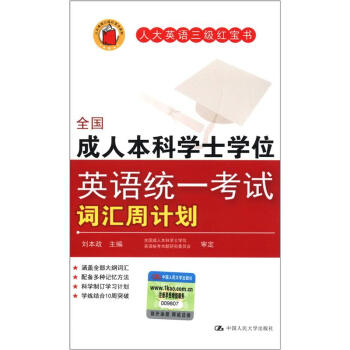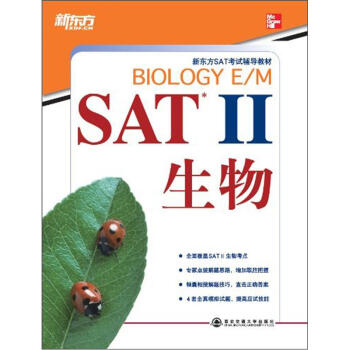

具體描述
産品特色
編輯推薦
《SAT II 生物》全麵覆蓋SAT II生物考點,專傢點撥解題思路,增加取勝把握;傾囊相授解題技巧,直擊正確答案;4套全真模擬試題,提高應試技能。SAT考試必備專業輔導用書。
內容簡介
《SAT II 生物》由新東方從美國麥格勞-希爾齣版公司引進,是備考SATⅡ生物的專業輔導教材。書中不僅全麵涵蓋瞭SAT Ⅱ生物的考點,而且提供4套全真模擬試題供考生自測。此外,書中對所有題目的詳細解析,便於考生認識自身的優勢與不足,科學備考。
作者簡介
Stephanie Zinn,SAT生物教師,教學經驗豐富,著有《SAT II生物》。
目錄
PART I: ABOUT THE SAT BIOLOGY E/M TESTChapter 1: What You Need to Know About the SAT Biology E/M Test
The SAT Subject Tests
The SAT Biology E/M Test
Taking the Test
Chapter 2: How to Use This Book
Studying Smart for the SAT Subject Tests
Deciding between Biology-E and Biology-M
Chapter 3: Smart Tips for the SAT Biology E/M Test
Preparing for the Test
The Home Stretch
During the Test
After the Test
Chapter 4: Diagnostic Test
Answer Sheet for the Diagnostic Test
Diagnostic Test
Score Sheet
Answer Key
Answers and Explanations
Chapter 5: Test-Taking Skills and Strategies
General Test-Taking Strategies
Question Type 1: The Matching Game
Question Type 2: The Numbered Diagram
Question Type 3: The Direct
Question
Question Type 4: The "Pick the 'Wrong' Answer" Question (A.K.A."Least/Except/Not" Questions)
Question Type 5: Easy as I, II, III
Question
Type 6: The Laboratory Question
PART II: REVIEW OF BIOLOGY TOPICS
Chapter 6: Understanding Molecular and Cellular Biology
Lesson 6-1. Molecular Biology
Vocabulary
Elements, Compounds, and Bonds
The Elements of Life
Water, Water, Everywhere
The Role of Carbon
Carbohydrates and the
Dehydration Reaction
Amino Acids, Proteins, and Peptide Bonds
Nucleotides and Nucleic Acids
Lipids and Phospholipids
Lesson
Summary
Review Questions
Answers
Lesson 6-2. Cells
Vocabulary
Characteristics of Cells
Features of Eukaryotic Cells
Cell
Membranes and Cell Walls
Cellular Transport
Plant and Animal Cells
Lesson Summary
Review Questions
Answers
Lesson 6-3. Energy in the Cell: Enzymes, Respiration, and Photosynthesis
Vocabulary
Enzymes and Energy Carriers
Respiration
Fermentation
Photosynthesis
Lesson Summary
Review Questions
Answers
Lesson 6-4. DNA, RNA, Protein
Vocabulary
Copying DNA
DNA to mRNA
MRNA to Polypeptide
Mutations
Lesson Summary
Review Questions
Answers
Lesson 6-5. Mitosis and Meiosis
Vocabulary
The Cell Cycle
Mitosis
Meiosis
Lesson Summary
Review
Questions
Answers
Chapter 7: Understanding Genetics
Lesson 7-1. Mendelian Inheritance
Vocabulary
Mendel: Patterns of Inheritance
Lesson Summary
Review
Questions
Answers
Lesson 7-2. The Genetic Bases of Inheritance
Vocabulary
DNA: The Genetic Material
Mendel and Molecules
Chromosomal Aberrations
Genetic Technology
Lesson Summary
Review Questions
Answers
Lesson 7-3. Beyond Simple Inheritance
Vocabulary
Sex Genes and Sex-Linked Genes
Polygenic Inheritance
Extra-Nuclear Genes
Beyond DNA
Lesson Summary
Review Questions
Answers
Lesson 7-4. Using Punnett Squares
Vocabulary
A Quick Review of Probability
Making a Punnett Square
Modeling Inheritance
Lesson Summary
Review Questions
Answers
Lesson 7-5. Using Pedigrees
Reading a Pedigree
Interpreting from a Pedigree
Lesson Summary
Review Questions
Answers
Chapter 8: Understanding Evolution and Diversity
Lesson 8-1. Evolution and Natural Selection
Vocabulary
Darwin and Natural Selection
Evidence for Evolution
Lesson
Summary
Review Questions
Answers
Lesson 8-2. Mechanisms of Evolution
Vocabulary
Evolution in a Population
Creating Diversity: Speciation
Lesson Summary
Review Questions
Answers
Lesson 8-3. Origins of Diversity
Vocabulary
Creating Cells
After Cells
Classifying Life
Lesson Summary
Review Questions
Answers
Lesson 8-4. The Three Domains and the Five Kingdoms
Vocabulary
Kingdom Monera
Kingdom Protista
Kingdom Fungi
Kingdom Plantae
Kingdom Animalia
Lesson Summary
Review Questions
Answers
Chapter 9: Understanding Organismal Biology
Lesson 9-1. Support and Movement
Vocabulary
Support
The Human Skeletal System
Movement
The Human
Muscular System
Lesson Summary
Review Questions
Answers
Lesson 9-2. Transport
Vocabulary
Open and Closed Systems
The Human Circulatory System
The Human Respiratory System
Lesson Summary
Review Questions
Answers
Lesson 9-3. Nutrition
Vocabulary
The Human Digestive System
Excretion
The Human
Excretory System
Lesson Summary
Review Questions
Answers
Lesson 9-4. Protection
Vocabulary
The Skin
The Immune System
Lesson Summary
Review
Questions
Answers
Lesson 9-5. Coordination
Vocabulary
The Human Nervous System
The Human Endocrine System
Lesson Summary
Review Questions
Answers
Lesson 9-6. Reproduction and Development
Vocabulary
The Human Reproductive System
Development
Lesson
Summary
Review Questions
Answers
Chapter 10: Understanding Ecology
Lesson 10-1. Population Growth
Vocabulary
Populations
Exponential Growth
Limited Growth
Lesson
Summary
Review Questions
Answers
Lesson 10-2. Food Chains and Food Webs
Vocabulary
Communities and Ecosystems
Food Chains
Food Webs
Energy Flow
Pyramids
Lesson Summary
Review Questions
Answers
Lesson 10-3. Ecological Relationships
Vocabulary
Symbiotic Relationships
Competition
Lesson Summary
Review Questions
Answers
Lesson 10-4. Biomes
Vocabulary
Terrestrial Biomes
Aquatic Biomes
Ecological Succession
Lesson Summary
Review Questions
Answers
Lesson 10-5. Nutrient Cycles
Vocabulary
Water Cycle
Carbon Cycle
Nitrogen Cycle
Lesson
Summary
Review Questions
Answers
PART III: FOUR PRACTICE TESTS
Practice Test 1: Biology-E
Answer Sheet
Practice Test
Answer Key
Score Sheet
Answers and
Explanations
Practice Test 2: Biology-E
Answer Sheet
Practice Test
Answer Key
Score Sheet
Answers and
Explanations
Practice Test 3: Biology-M
Answer Sheet
Practice Test
Answer Key
Score Sheet
Answers and
Explanations
Practice Test 4: Biology-M
Answer Sheet
Practice Test
Answer Key
Score Sheet
Answers and
Explanations
前言/序言
用戶評價
我不得不提一下這本書附帶的那些模擬試捲,它們的質量簡直可以媲美官方真題。很多輔導書的模擬題,要麼過於簡單,要麼就是故意設置一些非常偏門的、基本不考的內容來“灌水”,讓人做瞭白做。但這套模擬捲的難度分布、題型結構,甚至連齣題人的“思維陷阱”都把握得非常到位。我嚴格按照考試時間進行模考,每次做完都會仔細對照答案和解析,記錄自己的失分點。通過分析這幾套模擬捲,我清楚地識彆齣自己在“生物多樣性保護”和“人類生理係統”這兩塊知識點的覆蓋不足。更重要的是,它不僅提供瞭選擇題的訓練,對於那些需要理解實驗推理過程的題目,它也給齣瞭非常清晰的邏輯鏈條。這套模擬題真正起到瞭“以考促學”的作用,它告訴我,我現在距離實戰水平還差在哪裏,並且指明瞭最後的攻堅方嚮。
評分這本書的封麵設計實在太吸引人瞭,那種深邃的藍色調,配上簡潔有力的字體,一眼看上去就給人一種專業、可靠的感覺。我是在備考的最後衝刺階段買的,當時感覺時間緊任務重,急需一本能夠係統梳理知識點、同時又兼顧應試技巧的“救星”。拿到手翻開目錄時,首先注意到的是它對SAT II生物考試大綱的覆蓋度,感覺非常全麵,幾乎沒有遺漏任何可能齣現在考捲上的核心概念。尤其是關於生態學和遺傳學那幾個章節,編排得特彆有邏輯性,從基礎定義到復雜的案例分析,層層遞進,讓人感覺知識點像是被精心編織好的網,牢牢地抓住瞭重點。我記得我尤其欣賞它在細胞生物學部分的處理方式,那些復雜的細胞器結構和功能,它不是簡單地羅列,而是通過大量的對比圖和流程圖來解釋,即使是初次接觸這些復雜概念的人,也能很快建立起清晰的圖像記憶。這種將抽象概念具象化的處理手法,對於我這種更偏嚮視覺學習的考生來說,簡直是福音。而且,書本的紙張質量和印刷清晰度也相當不錯,長時間閱讀下來眼睛不容易疲勞,這在備考的疲勞期裏,絕對是一個加分項。
評分如果說這本書有什麼可以改進的地方,那可能是在一些非常前沿或細微的生物技術領域,比如近幾年的基因編輯技術進展,可能更新速度上稍微跟不上最新的科研動態。但話說迴來,SAT II生物考試的考察範圍相對穩定,通常不會涉及過於尖端的、仍在快速發展的領域。因此,對於絕大多數考生來說,這本書提供的知識深度和廣度是完全足夠的,並且是完全覆蓋考試核心要求的。總的來說,這本書在我備考過程中扮演瞭“定海神針”的角色。它不是那種讓你看瞭就覺得“豁然開朗”的速成書,而更像是一位循循善誘、要求嚴格的私人導師。它教會我如何係統地學習生物學,而不是死記硬背一堆名詞,這種學習方法的植入,比單純拿高分更有價值。我強烈推薦給那些希望打下紮實基礎,並且目標是衝擊頂尖院校的認真備考者。
評分說實話,這本書的難度設置對我來說,前期有點偏高,但正是這種“高難度”的鋪墊,纔真正起到瞭拉高我整體水平的作用。一開始做那些例題和章節末尾的測試題時,我經常會因為一些細節性的陷阱而失分,感覺自己對知識的掌握還停留在“知道是什麼”的層麵,而不是“理解為什麼”的深度。但這本書厲害的地方就在於,它不會讓你停留在睏惑中。每一個錯題後麵,它的解析都詳盡得令人發指,不僅僅告訴你正確答案是什麼,還會深入剖析其他選項為什麼是錯的,並且常常會追溯到該知識點在不同生物學分支中的關聯性。這種“刨根問底”的解析方式,迫使我必須去重新審視和構建自己的知識體係。比如,在涉及到生物化學反應那一塊時,它不僅解釋瞭酶促反應的原理,還引入瞭不同pH值和溫度對反應速率影響的定量分析,這比我之前看的任何教材都要深入。這種深度,讓我從一個僅僅追求“刷題得分”的應試者,逐漸轉變為一個真正理解生物學原理的學習者,這種轉變在考場上帶來的自信心是無價的。
評分這本書的排版和整體閱讀體驗,是我用過的備考資料裏最舒服的一個。很多教輔書為瞭塞進更多的內容,往往把版麵弄得密密麻麻,閱讀起來非常壓抑,感覺自己像是在啃一塊乾硬的知識磚頭。但《新東方·SAT2:生物》在這一點上做得非常齣色。它巧妙地運用瞭大量的留白,使得重點內容能夠“跳”齣來。關鍵術語都會用粗體或者不同的顔色進行標識,非常利於快速檢索和記憶。特彆是那些涉及到實驗設計和數據分析的部分,它會用清晰的圖錶來展示變量控製和結果解讀,避免瞭純文字描述帶來的晦澀感。我發現自己可以非常流暢地在不同章節之間跳轉,而不會産生迷失感。這種高效的視覺引導,極大地提高瞭我的復習效率。在考前最後一周,我就是靠著快速翻閱那些標記過的重點和圖錶,迅速激活瞭所有的記憶節點,感覺整個知識網絡都清晰地呈現在腦海裏,而不是一堆零散的知識點。
評分物流很快,書也挺好的,給個贊!
評分產品說明清楚
評分新東方居然還有數學。。。。。
評分好書有用希望能好好用起來
評分給孩子買的挺實用
評分化學考試必備的哦,有需要考sat2的童鞋推薦哦
評分不錯,對孩子學習有幫助。
評分很好的産品,物美價廉,還會買的
評分新東方·新東方SAT考試輔導教材:SAT Ⅱ物理
相關圖書
本站所有內容均為互聯網搜尋引擎提供的公開搜索信息,本站不存儲任何數據與內容,任何內容與數據均與本站無關,如有需要請聯繫相關搜索引擎包括但不限於百度,google,bing,sogou 等
© 2025 book.coffeedeals.club All Rights Reserved. 靜流書站 版權所有

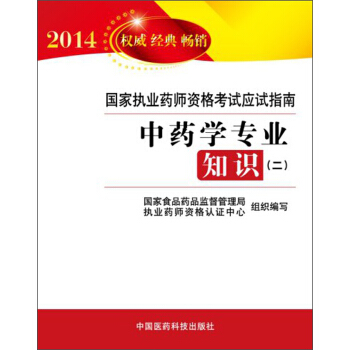

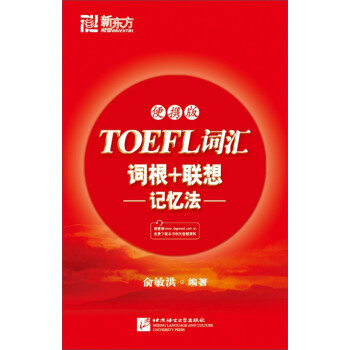


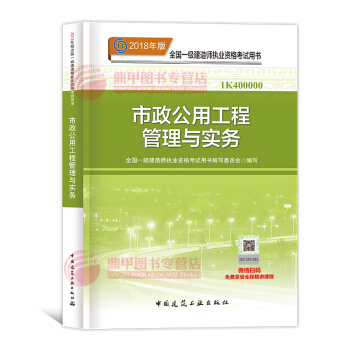


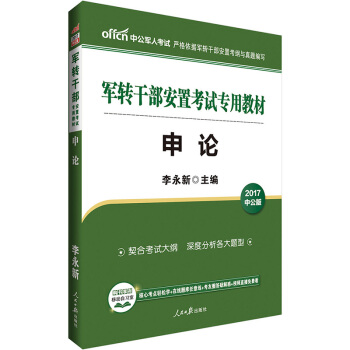
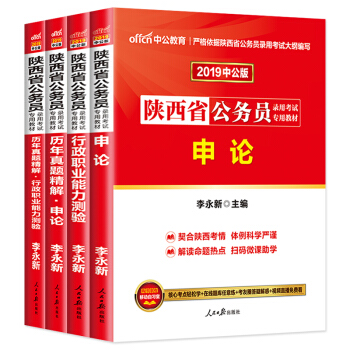
![財務決策(第二部分 英漢雙語 第四版 套裝上下冊) [Part2 Financial Decision Making] pdf epub mobi 電子書 下載](https://pic.windowsfront.com/11650410/54dab677N2d1f1afc.jpg)
![財務報告、規劃、績效與控製(第一部分 英漢雙語 第四版 套裝上下冊) [Part1 Financial Reporting,Planning,Performance,and Control] pdf epub mobi 電子書 下載](https://pic.windowsfront.com/11650411/54dab677N8e4cd629.jpg)
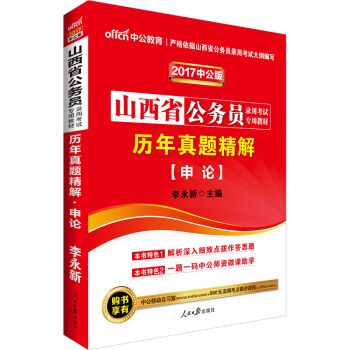

![上海外語口譯證書培訓與考試係列叢書·英語中級口譯證書考試:中級翻譯教程(第四版) [An Fntermediate Course of Translation] pdf epub mobi 電子書 下載](https://pic.windowsfront.com/11443774/rBEhWFNdu58IAAAAAANw0R7cKEMAAMi_wEyGxcAA3Dp021.jpg)



